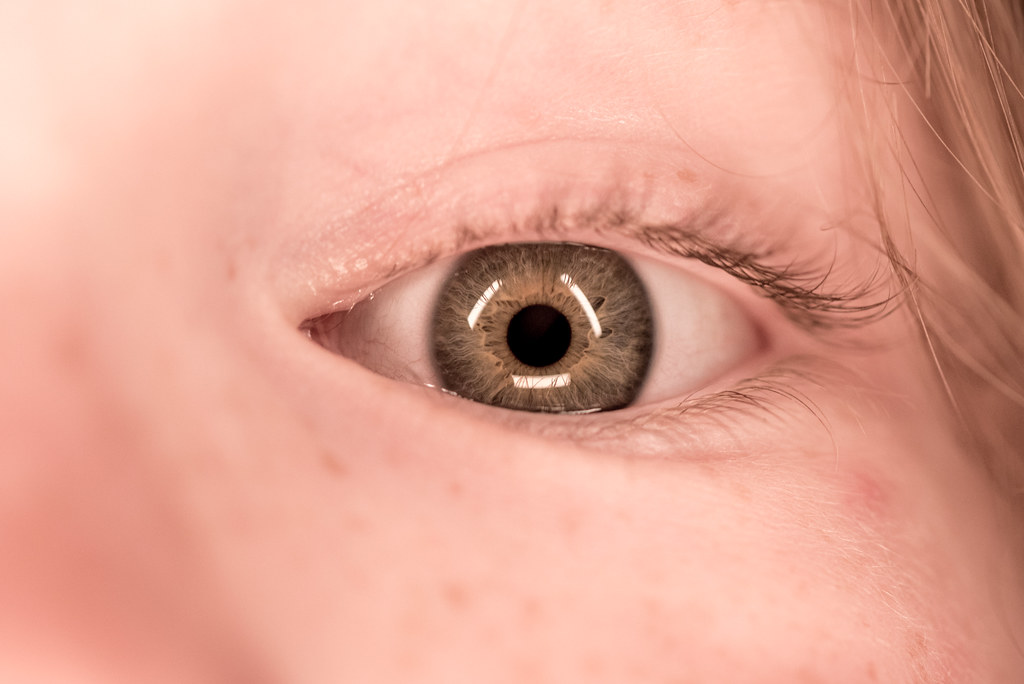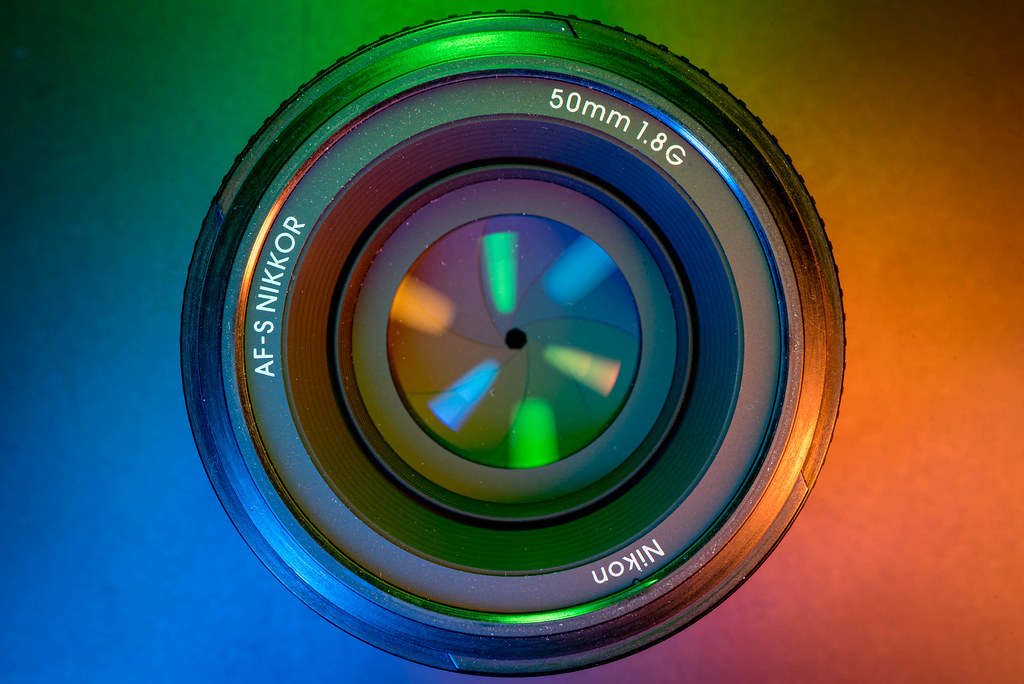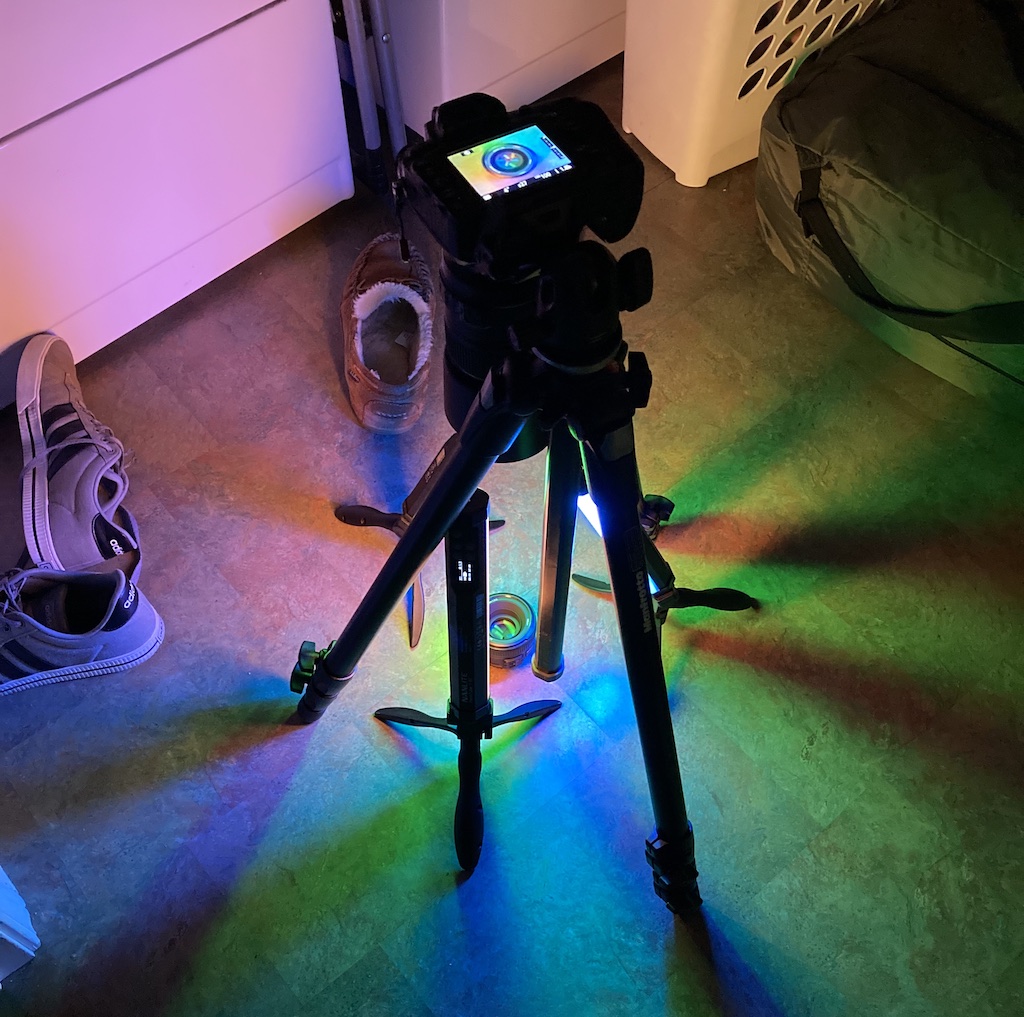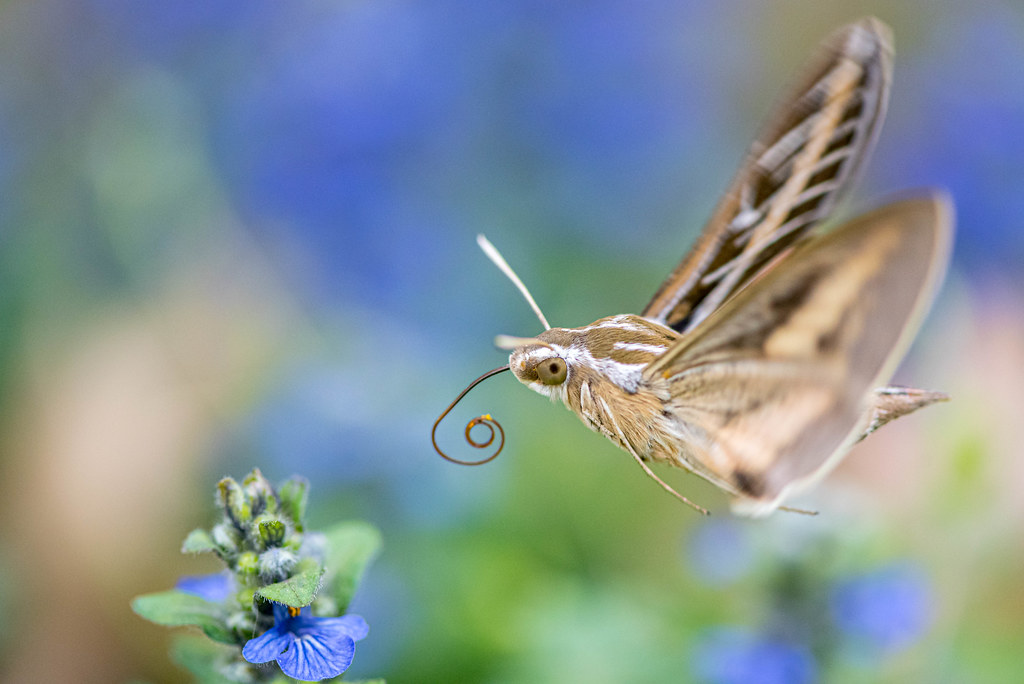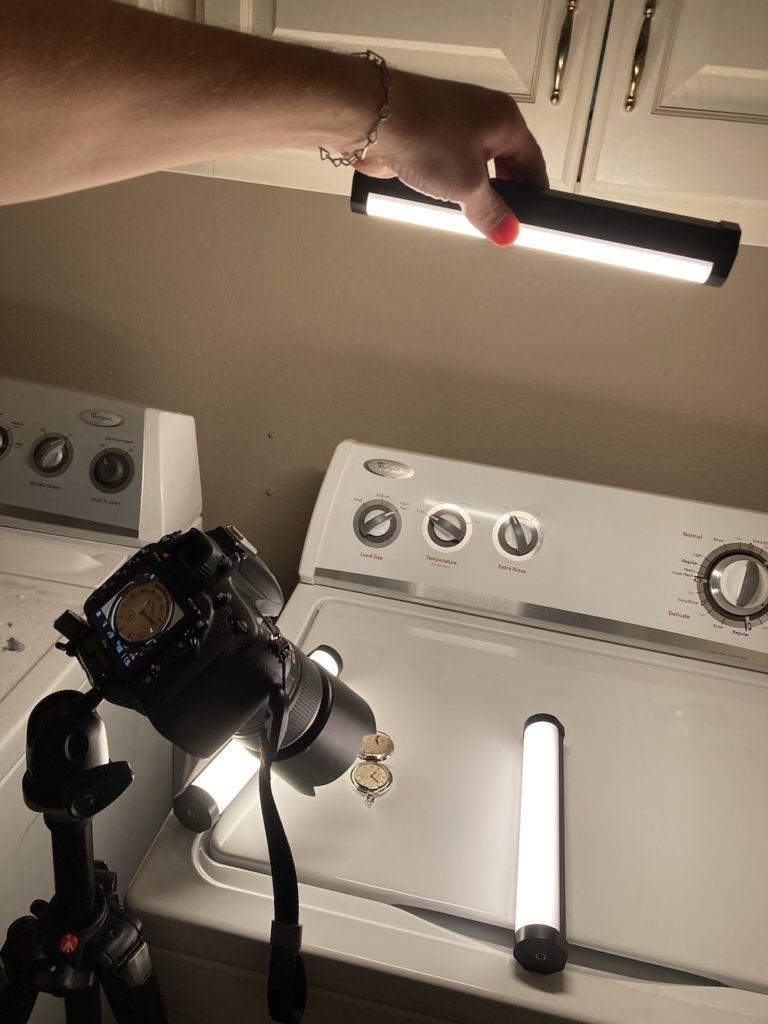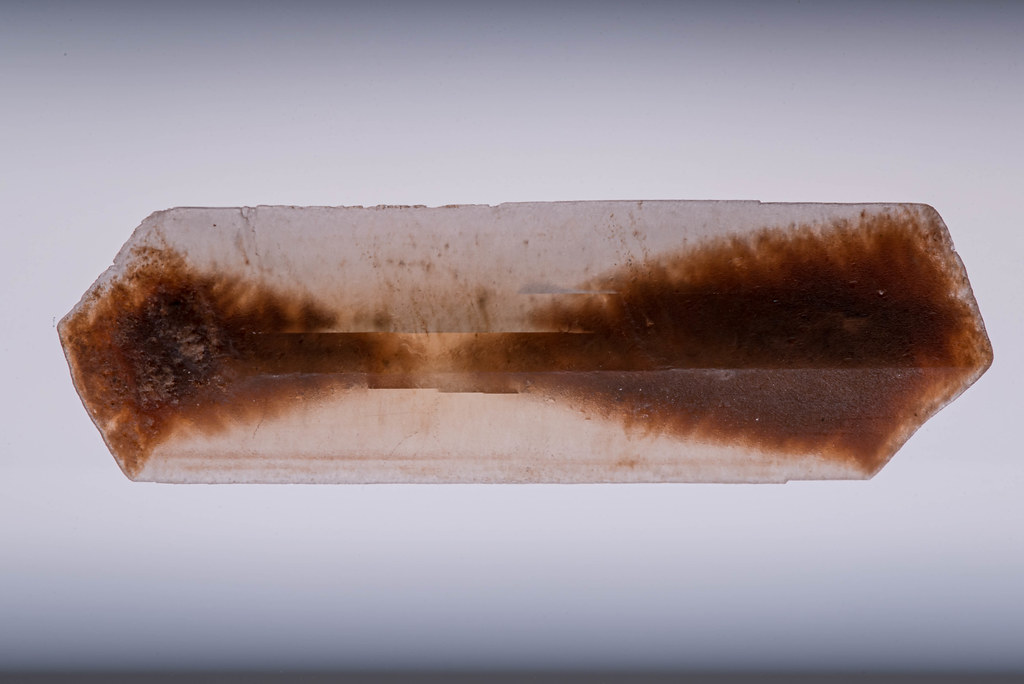
This was an interesting experiment in trying to make what I saw in my mind match what my camera was able to capture. I don’t think I quite pulled it off, but it was a fun exercise in light, color, and crystals :) What you see here is a selenite crystal, one of many hundreds that my family and I dug out of the ground at Oklahoma’s Salt Plains State Park one warm May afternoon. My wife and I had been talking about visiting this natural landmark for years but it was always one of those items sitting near the top of our to-do list, never quite reaching high enough to actually make happen. That all changed when some friends of ours asked if we would want to join them on a trip out there, which was all the motivation we needed. We soon packed up two vehicles with shovels, buckets, water, and lots of clothes that could get muddy without worrying, and made the two-hour trek for a day of digging in the sand.
If that doesn’t sound quite like your particular cup of tea, I’m not sure it was ours either—until we arrived, and quickly found the ground practically teeming with crystals just like what you see here. What made the experience even more interesting was that this is the only location in the world where these particular selenite formations, complete with rust-colored hourglass shapes, are located. They aren’t worth anything (and you’re not supposed to even sell them) but that’s not really the point. It’s quite something to dig into the ground with a shovel or, in our case after some heavy rains, just your bare hands and pull out anywhere from one to a dozen crystals just like this one.
But how to photograph it? That’s a good question. As has been my custom lately, I fired up my Nanlite Pavotubes to see what I could come up with. I used a piece of white foam board, then set two lights on it just out of frame. On top of the lights I placed a piece of clear glass from a picture frame, and then the crystal as the final piece of this photographic sandwich, so to speak. I aimed my Nikon D750 and 105mm f/2.8 Macro lens straight down, and started shooting.
The hardest part was getting the depth of field right, and in the end I still don’t think I quite achieved what I was going for. Even at f/45 (1/8 second, ISO 100) too much of the crystal is blurry but I think that might be natural diffraction from the shape of the object rather than shallow depth of field. Even so, the orange oxidation is much less sharp than I would prefer and I wish I could have gotten a shot where everything was clear and in focus. Maybe I’ll try again, or try something different with another crystal, but as it stands this was a fun experiment and gave me some practice shooting a super unique subject.


